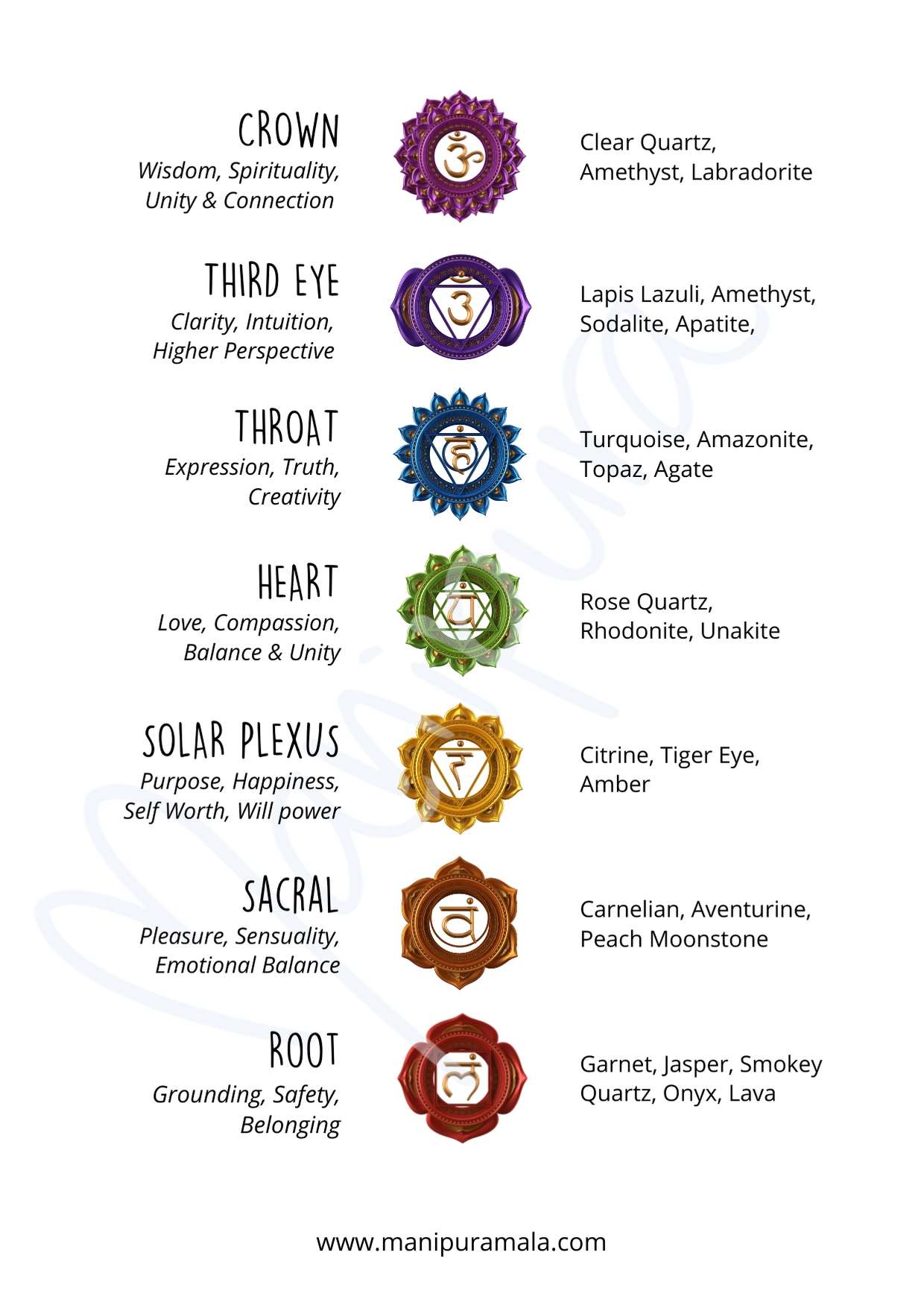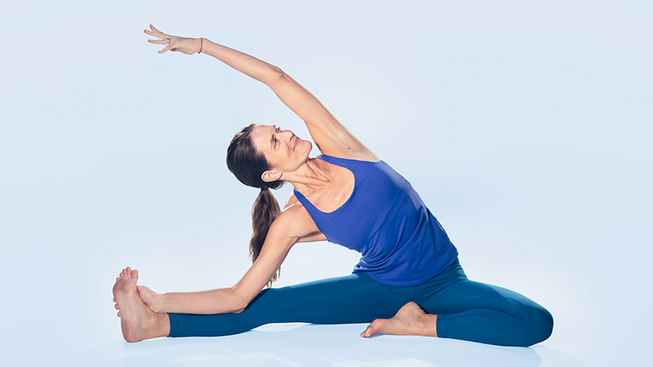
Popular websites promote yoga as a way to treat erectile dysfunction. This is a problem that many men face. Many websites claim that many yoga postures can treat erectile disorders. Many have even published a study which proved the effectiveness and efficiency of this type of exercise in improving men's sexual function. In this study, 65 males in Mumbai were given instructions to practice certain yoga positions for 12 weeks.
Uttanpadasana, or raised leg pose, is one of the best-known yoga poses for ED. This stretch works the psoas muscles. They are located in the lumbar region, on the left side of the vertebral columns. It also stretches hip flexor muscles, which aid in bending the knees. This pose helps men get an erection and improves blood flow to the lower abdomen.

Uttanpadasana (or Uttanpadasana) is a classic posture that strengthens the pelvic muscles. By engaging the glutes and quads, this pose increases the amount of testosterone in the body. It also helps stretch the hipflexor muscles and psoas. These are two types muscle in your pelvic region. This is a great exercise for overcoming erectile dysfunction. And with regular practice, you can even eliminate your symptoms without undergoing a surgery or any other type of treatment.
Erectile dysfunction is best treated by yoga that emphasizes the peroneal muscles. These muscles aid in maintaining erectile rigidity. This is the best way to defeat erectile dysfunction. To practice Paschimottanasana, you must sit on the floor and stretch your legs. Next, use your thumb and index fingers to hold the other's big toe.
Different poses improve sexual function and prevent erectile disorder. YouTube also offers beginner-friendly videos. To increase the benefits of yoga, you can practice it with a partner. It is especially helpful for people who suffer from ED to increase their blood flow and reduce stress levels. Although the benefits of yoga for erectile disorders are well-known, further research is required to confirm their effectiveness.

You can feel the benefits of yoga to treat erectile problems right away. It increases blood circulation, which improves a man's libido and improves erectile function. It is important to note that yoga for erectile disorder does not have the same fast-acting effects as many sexual medicines. Also, poses should be modified so as to not affect the functionality of the lower extremities. However, they may be useful in easing erectile dysfunction.
The wind-relieving posture is the ideal pose to relieve erectile disfunction. This forward bend, which is seated and forward, strengthens the peroneal muscles. This pose will reduce stress and delay ejaculation. You should practice this position with straight spine and straight shoulders. This posture will make it easy to achieve erectile erection.
FAQ
What is a good seven-day workout routine?
A seven-day exercise program should consist of three days per week of cardiovascular training (running, biking, swimming), two strength exercises (using free weights, weight machines), and one flexibility/core workout (yoga, Pilates). Each activity should be done at least once per week. Each session should last no more than 45 minutes.
Cardiovascular Exercise: Running/Biking/Swimming
You should aim to get at least 60 mins of cardio exercise per week. Aim for 75 minutes per week to get the best results. Cardio exercises can be used to increase blood flow, stimulate muscle growth, and improve blood circulation.
Strength Training
Cardio exercises target your heart and lungs. Strengthening your muscles and bones is the opposite. Strength training increases lean muscle mass and helps to burn calories even at rest.
Flexibility and Core Workouts
Core and flexibility exercises are great ways of strengthening your whole body. Both yoga or Pilates are great options.
Is Cardio Exercise Good Or Bad For Your Health?
Cardiovascular exercise is a great way to improve your cardiovascular health. It improves blood flow, strengthens your heart muscle and increases stamina.
Cardiovascular exercise includes running, biking, hiking, swimming, tennis, basketball, soccer, volleyball, football, etc.
Cardio exercises should be avoided at high intensity levels. Doing this could lead to injury.
The cardiovascular exercise should only be performed if you feel good.
You should never push yourself beyond your limits. You could injure yourself if you do.
Warm up is the best way to start cardiovascular exercise. Next, increase your intensity gradually.
Remember, you should always listen to your body. If you feel pain while performing cardiovascular exercise, it is important to stop immediately.
It is also recommended to take some time off after a cardiovascular exercise. This allows your muscles to recuperate.
Cardiovascular exercise can help you lose weight.
It is the best way for you to lose calories and decrease belly fat.
Do I have to exercise every single day?
No! Do at least 30 minutes of moderate intensity physical activity five days a week. This could be walking fast enough so you feel slightly out breath or cycling hard enough to sweat.
Does Weightlifting Burn Fat Faster?
Weight lifting is a great way to burn fat faster but you need to do it together with cardio exercise.
Cardio workouts are a great way to increase the weightlifting benefits.
If done correctly weightlifting can raise your heart rate, oxygen consumption and help you lose weight.
But if you do not combine it with cardio, you will not see any significant changes in your body composition.
What does butter do?
Butter is one the most nutritious sources of saturated oils. This type of fat helps to build stronger bones, healthy skin, and hair.
Vitamin K, found in butter is an antioxidant that prevents bleeding from cuts. Vitamin K works together with vitamin C to prevent bruising.
Butter is also rich mineral, including calcium and phosphorous. These minerals promote stronger bones, teeth, and teeth.
Butter has its limitations. Butter is high in cholesterol. There are studies that show excess cholesterol may increase the likelihood of developing cardiovascular diseases.
Butter is high in saturatedfat, which contributes both to obesity, and raises cholesterol.
If you have to have butter, spread it on bread instead of dipping it in soup or salad. Bread absorbs more oil than potatoes or pasta.
How many calories should I consume daily?
This varies from person to person. An average person needs 2000-2500 calories per day. You need to determine how many calories you need based on age, gender, height, weight, activity level, and lifestyle.
Statistics
- 10 pounds in a month is likely during a lean bulking phase, especially for beginners. (muscleandstrength.com)
- The PRS enabled risk stratification for overall prostate cancer and lethal disease with a four-fold difference between men in the highest and lowest quartiles (HR, 4.32; 95% confidence interval [CI], 3.16-5.89). (pubmed.ncbi.nlm.nih.gov)
- Cardmembers earn 5% Back at Amazon.com with a Prime Credit Card. (amazon.com)
- Get free shipping and 25% off today. (healthline.com)
- Candidates and applicants must pass all four tests at 70% (minimum level) to graduate from Basic Deputy U.S. Marshal (BDUSM) Training. (usmarshals.gov)
External Links
How To
What nutrients do men need each day?
Daily nutrition is essential for men's healthy growth. The body requires vitamins, minerals, proteins, carbohydrates, fats, water, fiber, and other essential elements.
Also, the male body requires certain nutrients at specific times during the day. To give you an example, the body uses energy it receives from food to make hormones and antibodies. When you awake, protein is used by your body to build muscles or repair damaged tissue.
Your body burns fat at night and stores it as energy as glycogen. Your body requires fewer calories, but still needs enough nutrients. You may have an occasional snack during the evening hours if you feel hungry.
For your body to function properly, it needs adequate amounts of protein and carbs. After a hard workout, muscle soreness may occur.
To avoid this, you need to eat carbs and proteins within two hours of training. Your body will breakdown stored glycogen and provide you with glucose for energy.
After your workouts, you should eat protein immediately. This will prevent muscle tissue from being damaged while you sleep.
Lactic acid is produced by the body during periods of intense exercise. The body produces lactic acid when there is too much activity. This can cause fatigue. Eat foods high in carbohydrate, such as fruits, vegetables, to avoid this.
Carbohydrates provide energy for your body to recover after strenuous exercise.
You may also want to include lean meats and fish, as well as yogurt, cheese, yogurt, beans and nuts in your diet.
All of these foods contain high quality protein. Protein aids in muscle growth and repair of damaged tissues. Protein provides the amino acid your body needs for testosterone and sexhormone production.
To maintain healthy skin, hair, and joints, you also need sufficient dietary fats. Healthy men require between 20% and 35% of total caloric intake from fat.
Fat helps protect your heart health and prevents cancer. Your brain also functions properly thanks to fat.
Vegetable oils, such as olive oil, sunflower oil or corn oil, soybean oil and peanut oil, can supply most of the fats you require.
These oils are high in monounsaturated fatty acids (MUFAs). MUFAs reduce cholesterol and inflammation. They protect your cells and prevent damage from free radicals.
Saturated fats (SFAs) are found mostly in animal products like meat, dairy products, and butter. SFAs increase LDL ("bad") cholesterol, and increase triglycerides. They are also good for weight loss and belly fat.
Polyunsaturated fats (PUFAs) are found in plant-based sources like vegetable oils, nuts, seeds, and grains. PUFAs help improve cardiovascular function, and lower inflammation. They also reduce blood sugar, cholesterol, and other inflammatory factors.
Low HDL ("good") cholesterol is a common cause of erectile dysfunction in men. High consumption of saturated fats increases bad cholesterol, which lowers the level of good cholesterol.
Red meat and pork are a common source of prostate problems in men who eat a lot. When cooked at high temperatures, nitrates can be converted to nitrosamines. These compounds can cause lung cancer.
Most processed meats contain nitrites or other harmful chemicals. Avoid them completely.
According to the American Heart Association, you should limit your consumption of red meat to no more that 2 meals per week. Instead, choose poultry and fish, legumes, tofu or whole grain bread as your main source of protein.